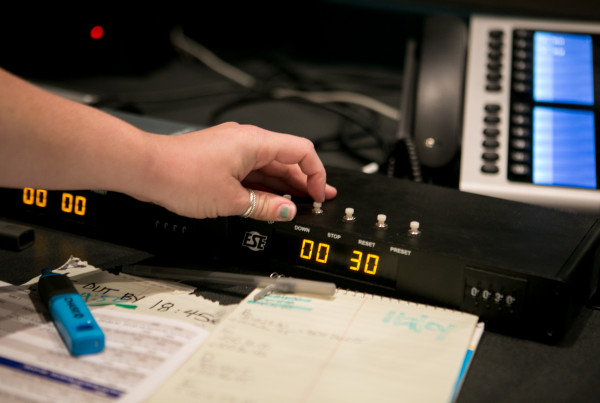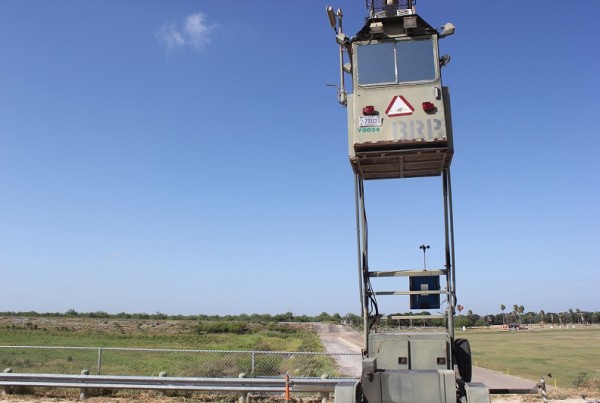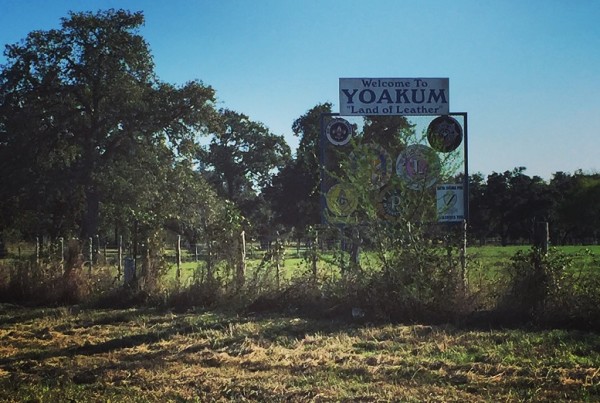You’ve probably seen it on TV – police departments showing off Corvettes and Mustangs seized from alleged drug dealers. Note the word alleged – it is perfectly legal for police to take assets from people only suspected of involvement with crime, without necessarily charging anyone with anything wrong.
The process is called civil forfeiture and the practice seems to be on the rise. In fact, last year federal law enforcement took more property from American citizens than burglars did.
Reporter Christopher Ingram at the Washington Post has been following these federal seizures.
“The Justice and Treasury Departments, they put more than $5 billion of cash and property into their asset funds,” Ingram says. “By contrast, the FBI reports that burglary losses topped out at around $3.5 billion.”
Ingram says many call it a “sea change” in the way police are doing business and how property changes hands in America. “It’s prompting plenty of scrunity,” he says.
The practice ramped up during the drug war, with the idea of capturing big-deal dealers and kingpins, Ingram says.
“What we’ve found is the practice has expanded into much smaller-time criminals,” he says. “And even, in many cases, people who were never even charged with something at all.”
What you’ll hear in this segment:
– What happens to seized property and how is it used
– Why it’s become a popular practice and how it has become an incentive to add money and property to a department’s assets
– How a pattern has emerged from $27 million seized in 1985 to $4.2 billion in 2012
















